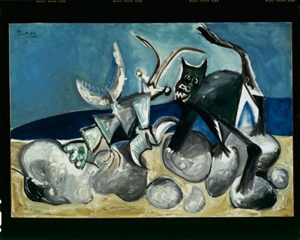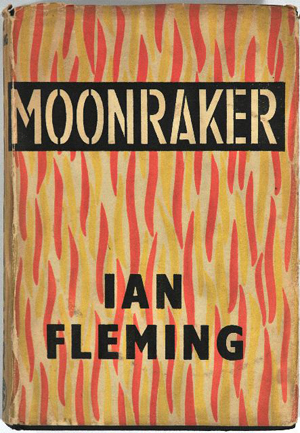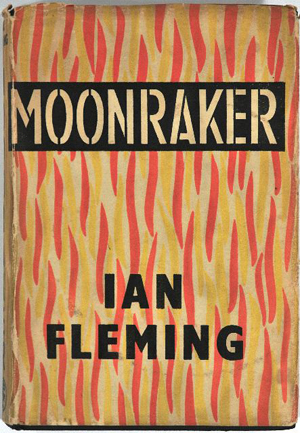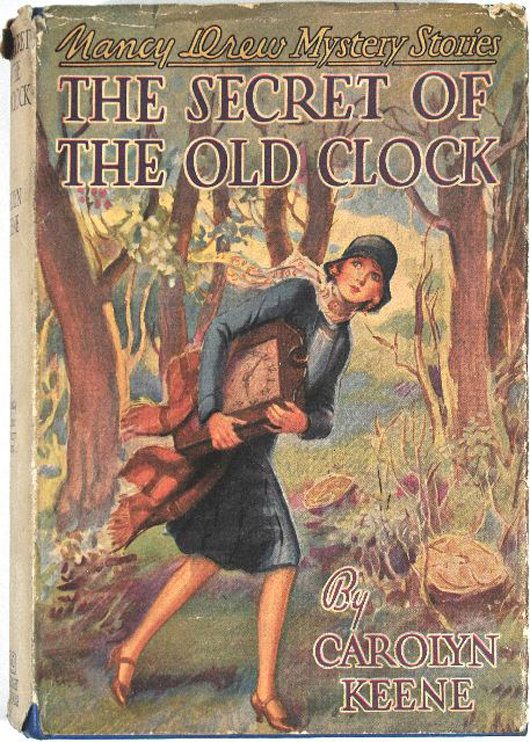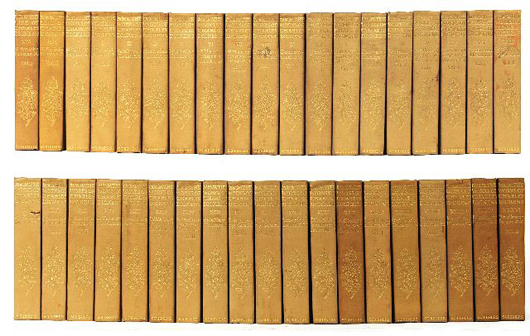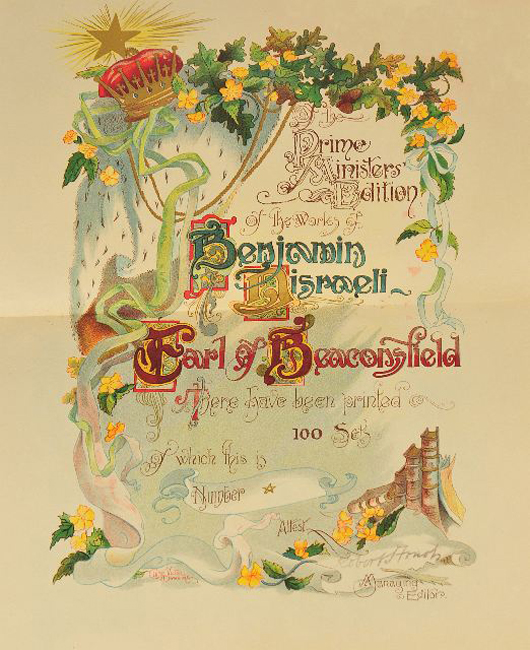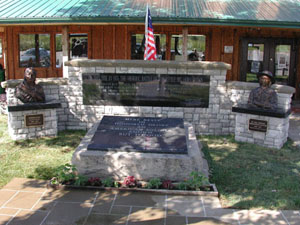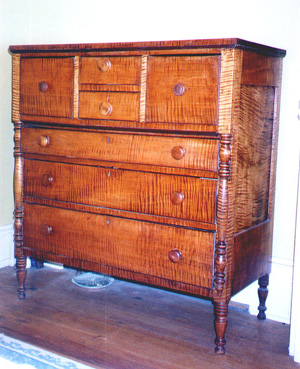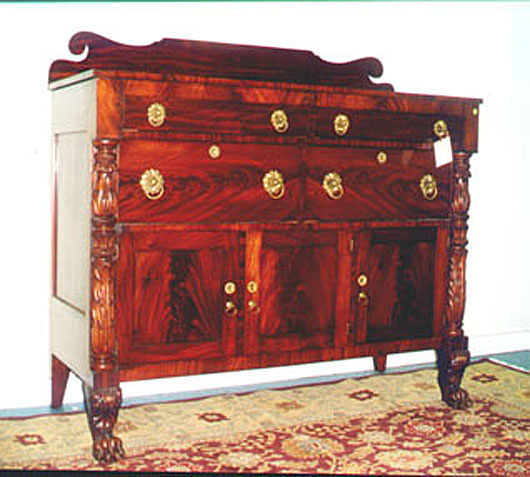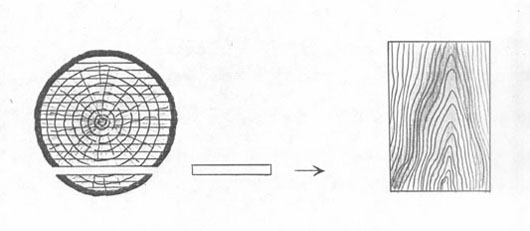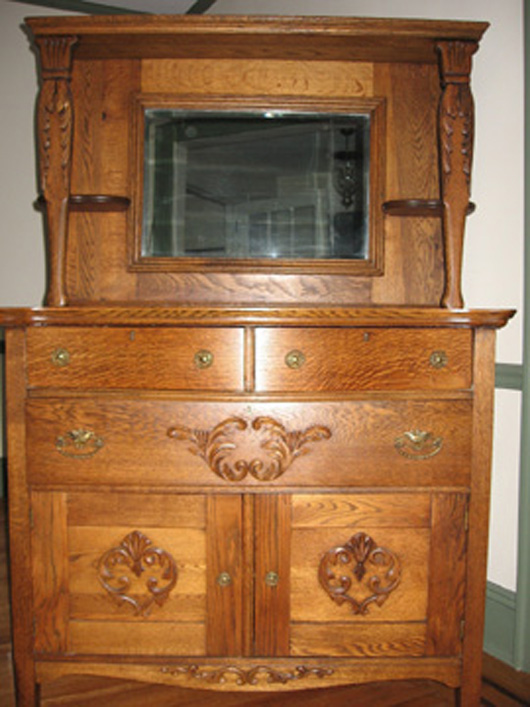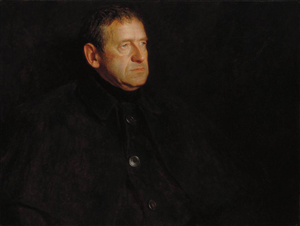
PORTLAND, Maine (AP) – A Jamie Wyeth portrait of his late father has sold for $2.4 million at an auction to benefit a museum that is devoted to the Maine-related artworks of three generations of Wyeths.
The 1969 oil painting, Portrait of Andrew Wyeth, was among 12 pieces that sold Nov. 29 at the Adelson Galleries in New York City as part of the Farnsworth Art Museum’s endowment campaign to sustain the artistic legacy of Andrew Wyeth, David Troup, spokesman for the Rockland museum, said Tuesday. It was a record amount for a Jamie Wyeth painting.
The auction raised about $4 million for the campaign. In all, $9 million has been raised toward the $12 million goal.
The sale began online Nov. 8, and final bids were made in person and by phone at the Adelson Galleries. The auctioned pieces were donated by artists, collectors and philanthropists with an interest in sustaining the museum’s mission.
The Andrew Wyeth portrait was donated for the auction by Jamie Wyeth and was purchased by a buyer who wished to remain anonymous.
Other auctioned works included Andy Warhol’s Self-Portrait With Skull, which sold for $650,000; Andrew Wyeth’s From the Back, which drew $230,000; Jamie Wyeth’s Asleep and Awake, Monhegan, which sold for $220,000; and Fernand Leger’s Circus Performers, which went for $110,000.
The auction gave a big boost to the campaign, which kicked off in September 2009 and is ongoing, Troup said.
“Certainly $9 million is a place we were hoping to be at, but we never expected to be there this soon,” Troup said.
The endowment will be used to support the operation of the Farnsworth facilities devoted to the Maine-related work of Andrew Wyeth, as well as that of his father, N.C., and son Jamie.
Andrew Wyeth, whose work focused on coastal Maine and Pennsylvania’s Brandywine Valley, died in January 2009 at age 91.
Copyright 2010 Associated Press. All rights reserved. This material may not be published, broadcast, rewritten, or redistributed.
# # #
# # #


